The spectacular coastal roads of eastern Bali is an adventure in its own right, with green hills on one side and stunning cliffs and raw ocean views on the other. Many of the villages don’t really receive a large number of visitors, thus ideal for those who wish to avoid tourist crowds.
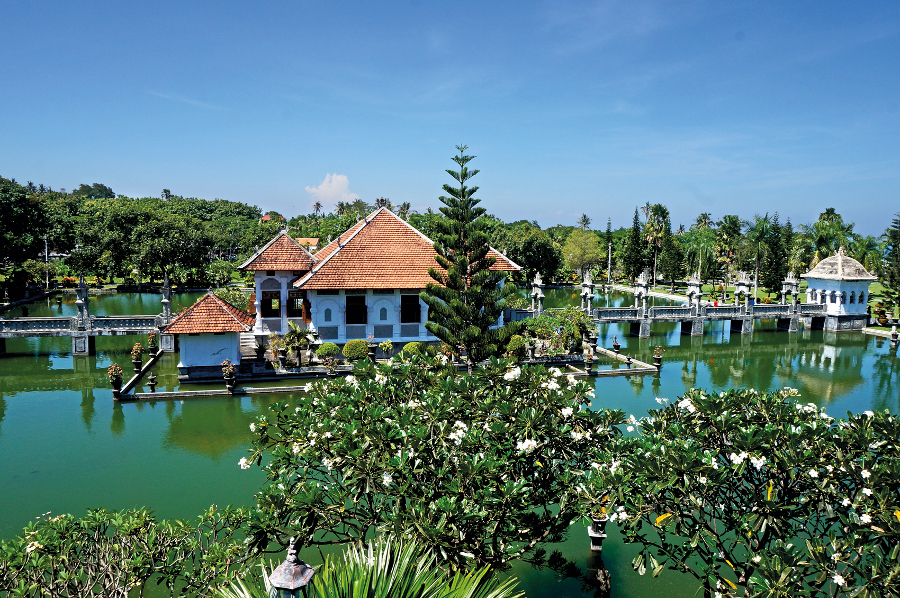
Karangasem in East Bali was once a powerful kingdom with captivating landscapes, fascinating history, boisterous traditional markets, and grand palaces. Today, a visit to the regency allows travellers to step back in time as they wander through the beautiful, manicured gardens of Karangasem water palaces.
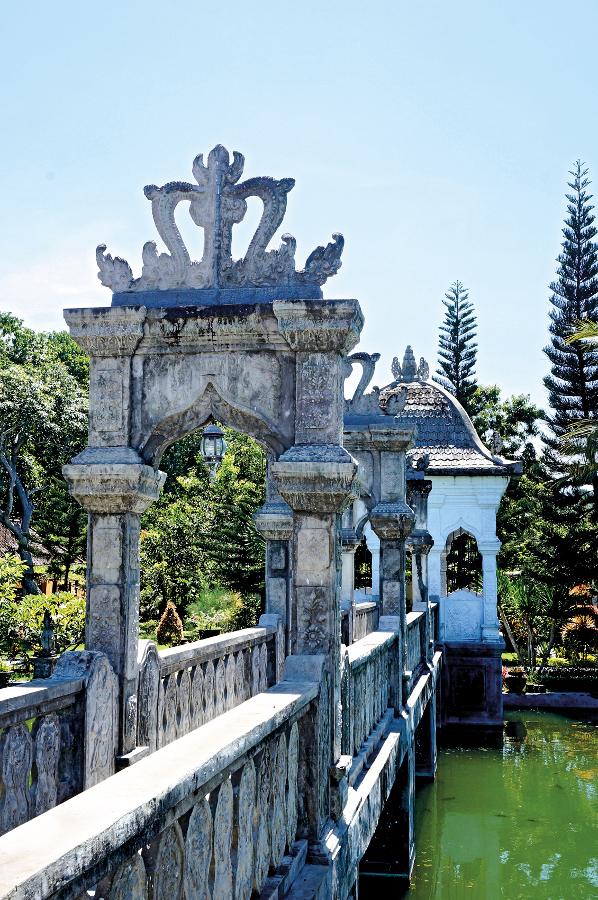
The Balinese kingship spanned from early 10th to early 20th century, with Karangasem being one of the nine kingdoms. These kingdoms were known to have flourished, enriched, and shaped the island’s culture through establishing the sophisticated Balinese court culture that combines the Hindu influences with Bali’s own native spiritual elements and ancient reverence.
Kings then built their palaces that acted as the centres of power, a place where they initiated and preserved laws, and held rituals in which their subjects could be involved. In East Bali, the last King of Karangasem in the late 20th century built Taman Ujung and Tirta Gangga to add to his Puri Agung Karangasem Royal Palace. At present, both Taman Ujung and Tirta Gangga are some of Bali’s major attractions, inviting visitors to Bali to be enthralled especially by the water features of the two royal sites that make up the quieter eastern side of Bali.
In Tumbu village, where the charming Karangasem countryside takes over the view, you will find Taman Ujung constructed by the late King of Karangasem, I Gusti Bagus Djelantik that reigned from 1909 until 1945. It was built to welcome and serve visiting dignitaries and kings from neighbouring countries, besides for the pleasure of the king and his royal family. Loosely translated to “the garden on the far end”, Taman Ujung is unique with old omissions and beautiful fish ponds that surround its premises, while keeping the high value history of the empire of Karangasem in East Bali.
Standing on the main round pavilion of Taman Ujung will give you the best panoramic views of the Lombok Strait, the silhouette of Mount Lempuyang, and the serene views of the surrounding area. Yet, as visually stunning and tranquil as it is at present, the reputation of the beautifully landscaped water garden was anything but. The villagers who lived in this area during the eleventh century when this royal compound was active, lived constantly in absolute dread of this property, which they considered to be haunted by the tortured souls of the countless people who died here. On one dark day in the eleventh century, the then king of Karangasem heard that there was an increasingly popular local movement utilising magic spells to diminish his royal authority and end his royal life. So, he decided to hold a wholesale purge and ordered his soldiers to arrest all those suspected of practicing black magic.
The soldiers marched from village to village rounding up almost the entire village’s population, sparing nary a soul. When the troops had gathered all the people that their numbers could control, they about-faced and marched their detainees before the waiting king. Having delivered their charges, the soldiers marched out again to round up more allegedly evil villagers. Thousands of villagers huddled together in the centre of this field waiting to be judged by their king. They didn’t stand a chance.
The horrible reputation and fear of this location continued for many years in the hearts of many Balinese, who have a natural tendency for superstition. For some Balinese people, even by day this place has a heavy pall over it; a sadness that is physically tangible and that can impact those sensitive to such an ‘aura’. For these people, to visit this beautiful property at night is absolutely unthinkable.
Despite the rumours saying that the place is haunted, more and more tourists (domestic and international) are coming to Taman Ujung. The main object of this royal property is the pools with the surrounding buildings. The architecture is a blend of several cultures: a western style was implemented for the gazebo, the arches are Middle Eastern, and the plentiful detailed carvings are Balinese. The young generation of the Balinese living in the surrounding area do not seem to be affected by the massacre tale; they use Taman Ujung as a place to have a relaxing walk and jog before sunset time.
On the outskirts of Amplapura, capital of Karangasem, Tirta Gangga is one of the most distinct and most recognisable places in Bali, a place where history meets relaxation, and architecture meets nature. Stepping into the water palace complex, the atmosphere of authentic royal magnificence will immediately become evident for every visitor. The one-hectare property was built in 1948 by the last king of Karangasem.
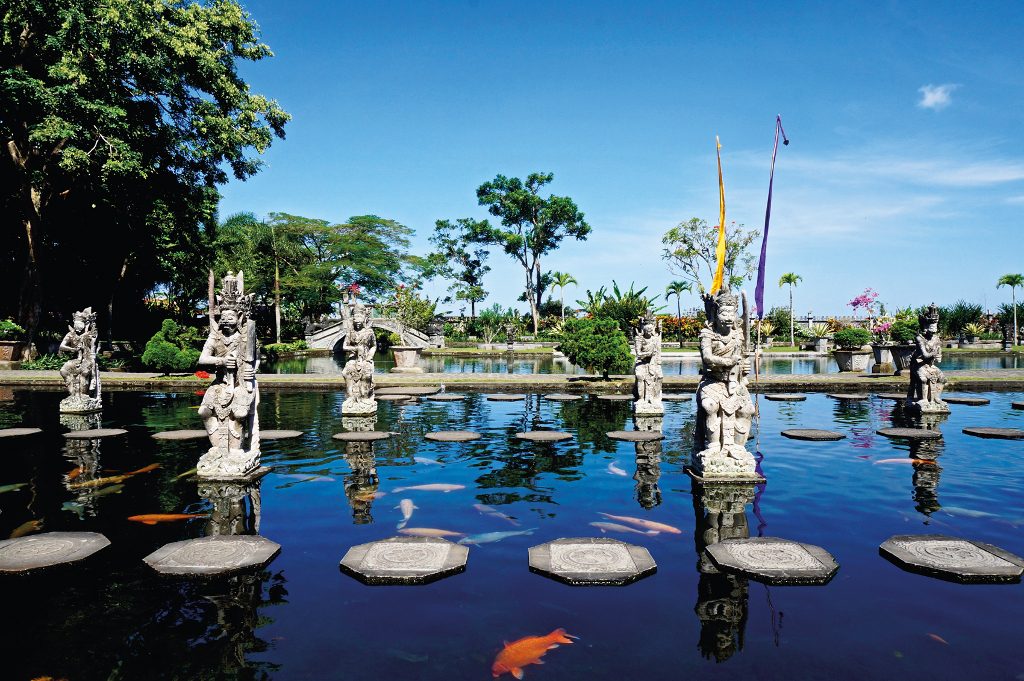
Being a posh noble, who was also a proponent of beautiful architecture and an art patron, the king himself was the architect of the water palace who worked in the mud together with his labourers, digging out the pools and ponds. Today, the water palace’s maze of pools and fountains surrounded by a lush garden and stone carvings and statues is one of the most photographed places of interest on the island. The water palace, meaning “Water of the Ganges”, displays a unique mix of Balinese and Chinese architecture as portrayed in the palace’s centrepiece, an eleven-tiered fountain. It has been rebuilt and restored after the property was almost entirely destroyed by the eruption of Mount Agung in 1963.
Comprised of three separate areas, this royal bathing-cum-relaxing complex now allows every visitor to get a taste of the life of Balinese royals. On the first level of the water palace, the part of the property that is probably most photographed, you can find two large fish ponds with dozens of Balinese statues and beautifully positioned stepping stones for everyone to wander through the pools. The second is where two spring water swimming pools are located. You can access the swimming pools and take a dip (and swim!). On the third level you can find a restaurant and bungalow units (available for rent); this area used to be the part of the water palace where the king built his country home, affording breathtaking views of the palace’s water features below and the lush surroundings.
The water of Tirta Gangga has always been regarded as holy and is regularly used for religious temple ceremonies. During important celebration days Tirta Gangga is the destination of colourful processions with offerings, umbrellas, flags and other tributes. Led by the local temple priests, ceremonies are held at the spring, accompanied by chanting and the music of the ‘Beleganjur’, a gamelan group of small gongs with each musician striking a specific, different note on the musical scale, all blending in harmony.
WHAT TO DO IN EAST BALI
Diving is definitely very popular in East Bali. Amed Ghost Bay is home to unique creatures such as frogfish, ghost pipe fish, nudi and stone fish. Meanwhile at the neighbouring village, Jemeluk, the bay is a marine managed area where one can dive to observe the fish and coral reefs (you can even send a waterproof postcard through the underwater post box!). While in Jemeluk, don’t miss the underwater gallery where you can see some unique statues made by prominent Indonesian carvers. All these attractions are easily accessible, located only a few steps and a few kicks from the shore.
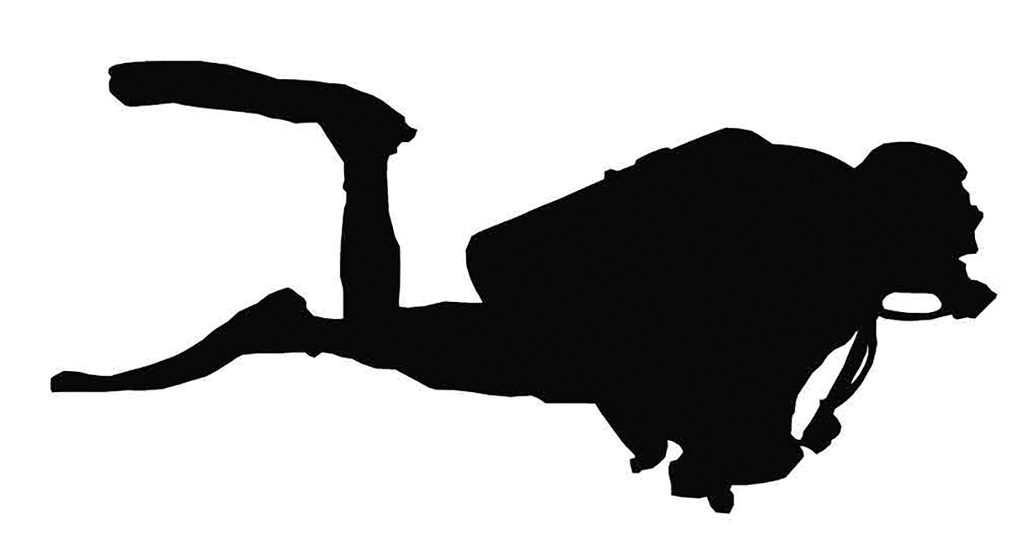
Another popular dive site in Karangasem is the USAT Liberty Shipwreck in Tulamben. The USAT Liberty was torpedoed by the Japanese in 1945 and taken ashore in Tulamben, and then in 1963 the eruption of Mount Agung pushed the ship back down to the bottom of the sea. Today, it is covered by a striking array of coral reefs and is home to an abundant variety of fish, including sweet lips, surgeonfish and moray eels. But there is much more to Tulamben than the shipwreck, the coral garden is also fantastic. Enjoy a shallow dive to take in a beautiful sea bed, blanketed by coral. Expect to encounter ribbon eels, mantis shrimps, and black tip sharks.
SLEEP IN EAST BALI
Escaping to East Bali is a great way to be away from the hustle and bustle of South Bali, while embracing the tranquility and peacefulness of life on the island’s coast. And for that luxurious escape that you deserve, we recommend a stay at Candi Beach Resort & Spa.
The charming resort is set within a coconut grove garden that gently rolls on to a beautiful private white sand beach. Natural colours and local materials have been blended to create a resort that harmonises with the environment. The traditional architecture utilises local materials from Bali and neighbouring Indonesian islands, while the turquoise waters of the dreamy, palm fringed swimming pool appear to overflow into the azure sea. This welcome oasis is where the dreamy escape begins.
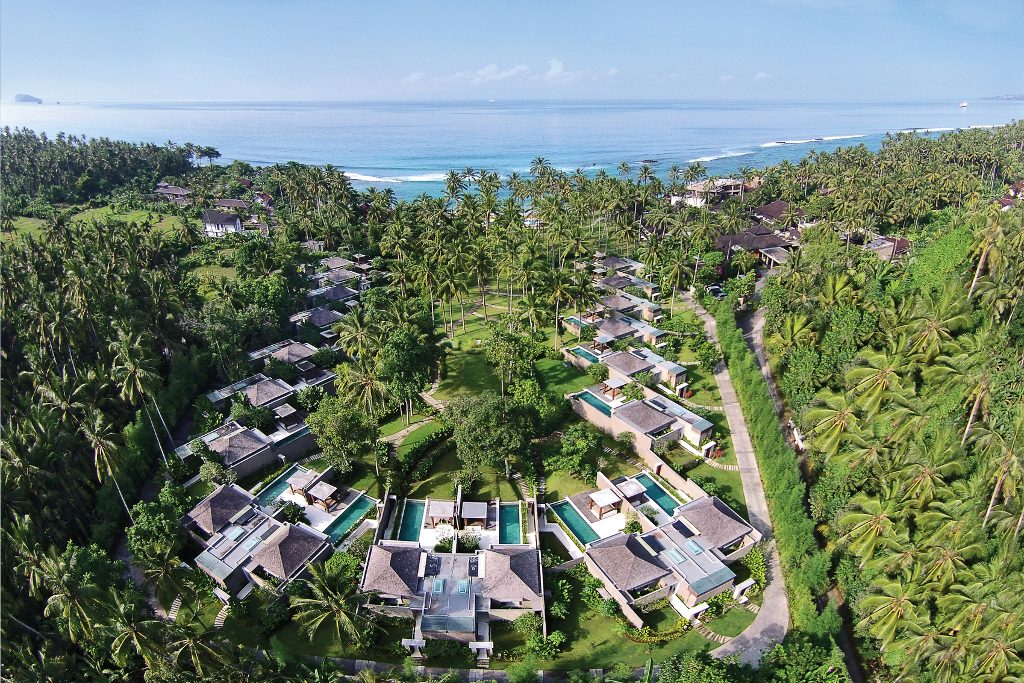
The resort’s 65 well-appointed rooms and bungalows, 10 luxury ocean view suites, and 19 luxury ocean view villas are surrounded by a lush flower filled garden and by the beautiful coconut grove garden. Each room is completed with air conditioner, bathroom & shower, mini bar, satellite television, safety deposit box, tea and coffee making facilities, IDD telephone, terrace or balcony. Free WIFI is available in all rooms and public area. With two dining outlets, and a romantic in-room dining set up, you’re spoilt for choice when it comes to indulging in sumptuous dishes. There’s also a bar where you can whet your whistle, whilst enjoying the quaint East Bali atmosphere.
Also home to Ocean Spa, Candi Beach offers a different range of treatments that can rejuvenate your body, mind and soul, all while you gaze out to the clear turquoise water and golden shoreline of the Indian Ocean. Your journey to rejuvenation will kick off with the spa’s signature foot cleansing ritual. We often disregard that our feet are also in need of a constant treatment. After all, they are of vital importance in the blood circulation system and affect the conditions of our internal organs. The spa believes that by looking after the end of the root gently and with care; the whole spa treatment will reach its main purposes.
Candi Beach Resort & Spa
Address : Mendira Beach, Sengkidu, Candidasa, Karangasem
Telephone : +62 363 41234
Website : www.candibeachbali.com










